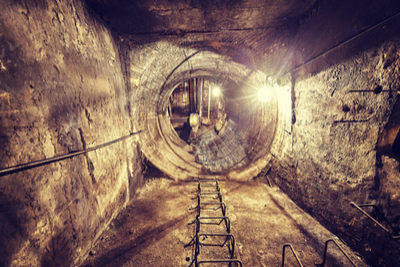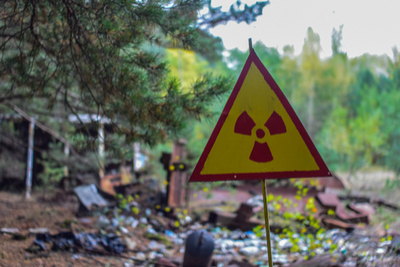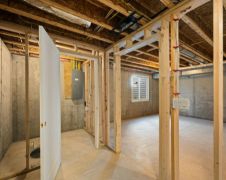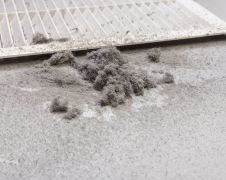How Was Radon Discovered?
Most homeowners have never heard of radon, but 1 out of every 15 homes is affected by the odorless, colorless and tasteless gas. Where does radon come from? Radon occurs naturally from the decay of the radioactive element radium, making the gas radioactive and a carcinogen.
Dictionary.com defines radon as "a chemically inert, radioactive gaseous element produced by the decay of radium: emissions produced by outgassing of rock, brick, etc. are a health hazard."
What causes radon? Radon builds inside the soil and rocks beneath your home and enters the house through cracks and gaps in the foundation and flooring. Once inside, it enters your body during inspiration and damages the cells lining your lungs. Long-term exposure to elevated levels of radon can lead to lung cancer.
HOW WAS RADON DISCOVERED: MINE VENTILATION
The health effects of radon exposure were observed and written about in the 1530s by Paracelsus, a Swiss Physician, alchemist, and astrologer. He  described a wasting disease in miners that he called mala metallorum, metals are bad. In 1556, Georgius Agricola wrote De Re Metallica, which went into detail on how to best ventilate mine shafts to prevent the disease. Though these scientists were describing lung cancer, it wasn't recognized as such until 1879. The mines they were writing about were full of radon that couldn't escape because of a lack of proper ventilation; the miners breathed in the radon and were developing lung cancer in droves. Radon is the number one cause of lung cancer in non-smokers.
described a wasting disease in miners that he called mala metallorum, metals are bad. In 1556, Georgius Agricola wrote De Re Metallica, which went into detail on how to best ventilate mine shafts to prevent the disease. Though these scientists were describing lung cancer, it wasn't recognized as such until 1879. The mines they were writing about were full of radon that couldn't escape because of a lack of proper ventilation; the miners breathed in the radon and were developing lung cancer in droves. Radon is the number one cause of lung cancer in non-smokers.
Call AdvantaClean for 24/7 Emergency Services
Keep Your Family Safe
Radon contributes to over 20,000 American deaths each year. Request a service appointment today.
HOW WAS RADON DISCOVERED: A RADIOACTIVE ELEMENT IS DISCOVERED
Where does radon come from? In 1899 radon became the fifth radioactive element discovered after uranium, thorium, polonium, and radium. In 1900 Friedrich Ernst Dorn observed that  radon gas emanated from radium. Going through several name variations, the gas became radon in 1923.
radon gas emanated from radium. Going through several name variations, the gas became radon in 1923.
In the 1950s radon was recognized as an indoor air pollutant, prompting further research into its health effects in the 1970s. The research clearly labeled radon as a carcinogen, but it wasn't until 2005 that U.S. Surgeon General, Richard H. Carmona released a Health Advisory warning about the dangers of radon in the home, urging every American to have their house tested.
Carmona wrote, "Indoor radon is the second-leading cause of lung cancer in the United States and breathing it over prolonged periods can present a significant health risk to families all over the country. It's important to know that this threat is completely preventable. Radon can be detected with a simple test and fixed through well-established venting techniques."
HOW WAS RADON DISCOVERED: MEASURING AND MITIGATION
As radon is colorless and odorless, the only way you'll know it's in your home is through radon testing, called measuring. Measuring uses a device to take in samples of the air your family is breathing. You have to keep the windows closed and limit door usage before and during the test to ensure the device measures the average level of radon that isn't diluted by outside air. The measuring device is placed on the lowest level of living in your home.
Radon mitigation is the process by which radon levels are reduced. Typically a fan system, a certified professional can install a mitigation system in your home starting at the lowest level, crawlspace or basement, and extending to the top of the house. The motorized fan draws radon out of the rocks and soil beneath your home and drives it to a vent at the top of the piping system. Once released into the air above the house, the radon safely dissipates.
Use a certified company like AdvantaClean for all of your measuring and mitigation needs.
More info? For more information about how to create a healthy home for your family, check out our other post: CHARACTERISTICS OF A HEALTHY HOME!
Call 877-957-5670 to schedule an appointment with an AdvantaClean radon specialist today!

